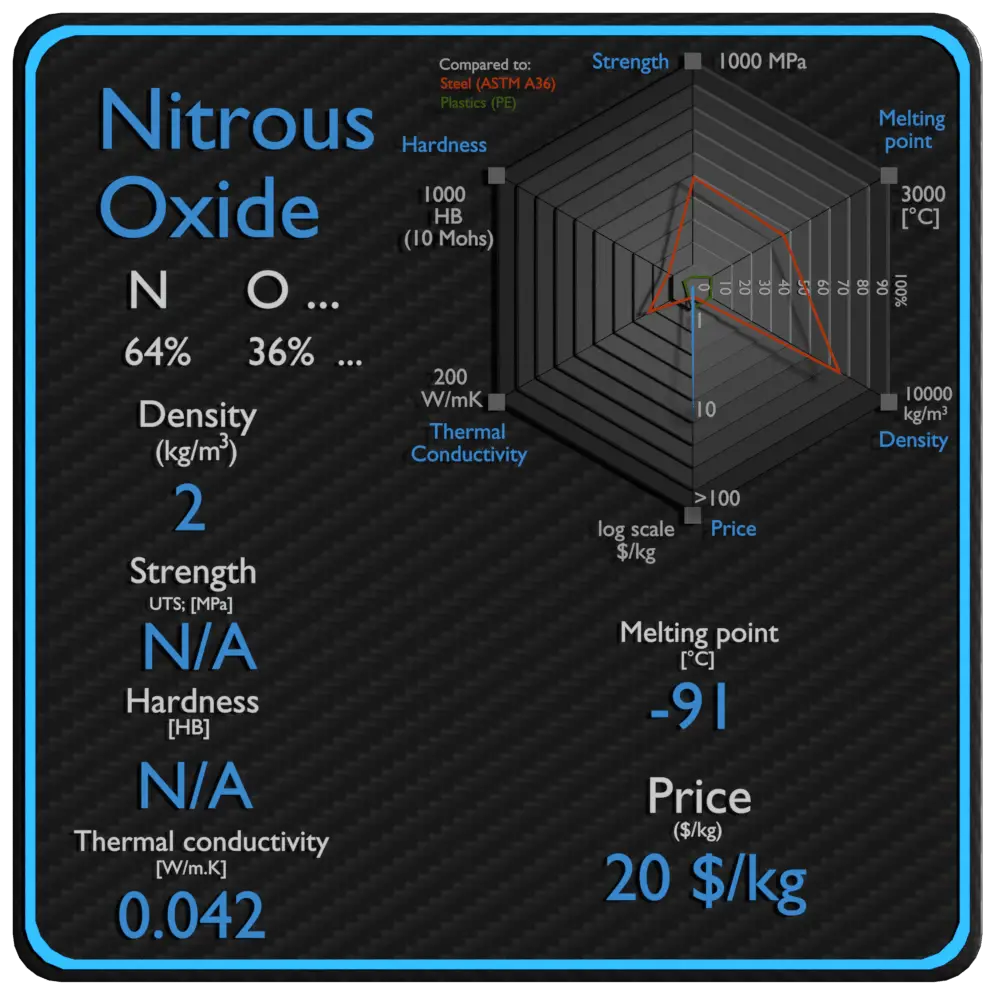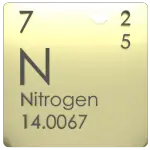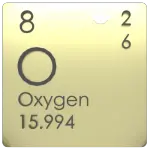About Nitrous Oxide
Nitrous Oxide, commonly known as laughing gas or nitrous, is a chemical compound, an oxide of nitrogen with the formula N2O. Nitrous Oxide is a naturally occurring gas that is colorless and non flammable.

Summary
| Name | Nitrous Oxide |
| Phase at STP | gaseous |
| Density | 2 kg/m3 |
| Ultimate Tensile Strength | N/A |
| Yield Strength | N/A |
| Young’s Modulus of Elasticity | N/A |
| Brinell Hardness | N/A |
| Melting Point | -91 °C |
| Thermal Conductivity | 0.042 W/mK |
| Heat Capacity | 880 J/g K |
| Price | 20 $/kg |
Composition of Nitrous Oxide
Nitrous Oxide is a chemical compound, an oxide of nitrogen with the formula N2O. Nitrous Oxide is usually prepared on an industrial scale by careful heating of ammonium nitrate at about 250°C, which decomposes into nitrous oxide and water vapour.
Applications of Nitrous Oxide

Nitrous Oxide can be manufactured and used for a variety of things such as a pharmacologic agent to produce anesthesia, a food additive as a propellant, and an additive to fuels to increase available oxygen in combustion.For anaesthesia, it is commonly used in a concentration of 50-70% in oxygen as part of a balanced technique in association with other inhalation or intravenous agents. Nitrous oxide may be used as an oxidiser in a rocket motor. In vehicle racing, nitrous oxide allows the engine to burn more fuel by providing more oxygen during combustion. Nitous delivers more oxygen than atmospheric air by breaking down at elevated temperatures
Thermal Properties of Nitrous Oxide
Nitrous Oxide – Melting Point
Melting point of Nitrous Oxide is -91 °C.
Note that, these points are associated with the standard atmospheric pressure. In general, melting is a phase change of a substance from the solid to the liquid phase. The melting point of a substance is the temperature at which this phase change occurs. The melting point also defines a condition in which the solid and liquid can exist in equilibrium. For various chemical compounds and alloys, it is difficult to define the melting point, since they are usually a mixture of various chemical elements.
Nitrous Oxide – Thermal Conductivity
Thermal conductivity of Nitrous Oxide is 0.042 W/(m·K).
The heat transfer characteristics of a solid material are measured by a property called the thermal conductivity, k (or λ), measured in W/m.K. It is a measure of a substance’s ability to transfer heat through a material by conduction. Note that Fourier’s law applies for all matter, regardless of its state (solid, liquid, or gas), therefore, it is also defined for liquids and gases.
The thermal conductivity of most liquids and solids varies with temperature. For vapors, it also depends upon pressure. In general:
Most materials are very nearly homogeneous, therefore we can usually write k = k (T). Similar definitions are associated with thermal conductivities in the y- and z-directions (ky, kz), but for an isotropic material the thermal conductivity is independent of the direction of transfer, kx = ky = kz = k.
Nitrous Oxide – Specific Heat
Specific heat of Nitrous Oxidee is 880 J/g K.
Specific heat, or specific heat capacity, is a property related to internal energy that is very important in thermodynamics. The intensive properties cv and cp are defined for pure, simple compressible substances as partial derivatives of the internal energy u(T, v) and enthalpy h(T, p), respectively:
where the subscripts v and p denote the variables held fixed during differentiation. The properties cv and cp are referred to as specific heats (or heat capacities) because under certain special conditions they relate the temperature change of a system to the amount of energy added by heat transfer. Their SI units are J/kg K or J/mol K.
Properties and prices of other materials
material-table-in-8k-resolution









